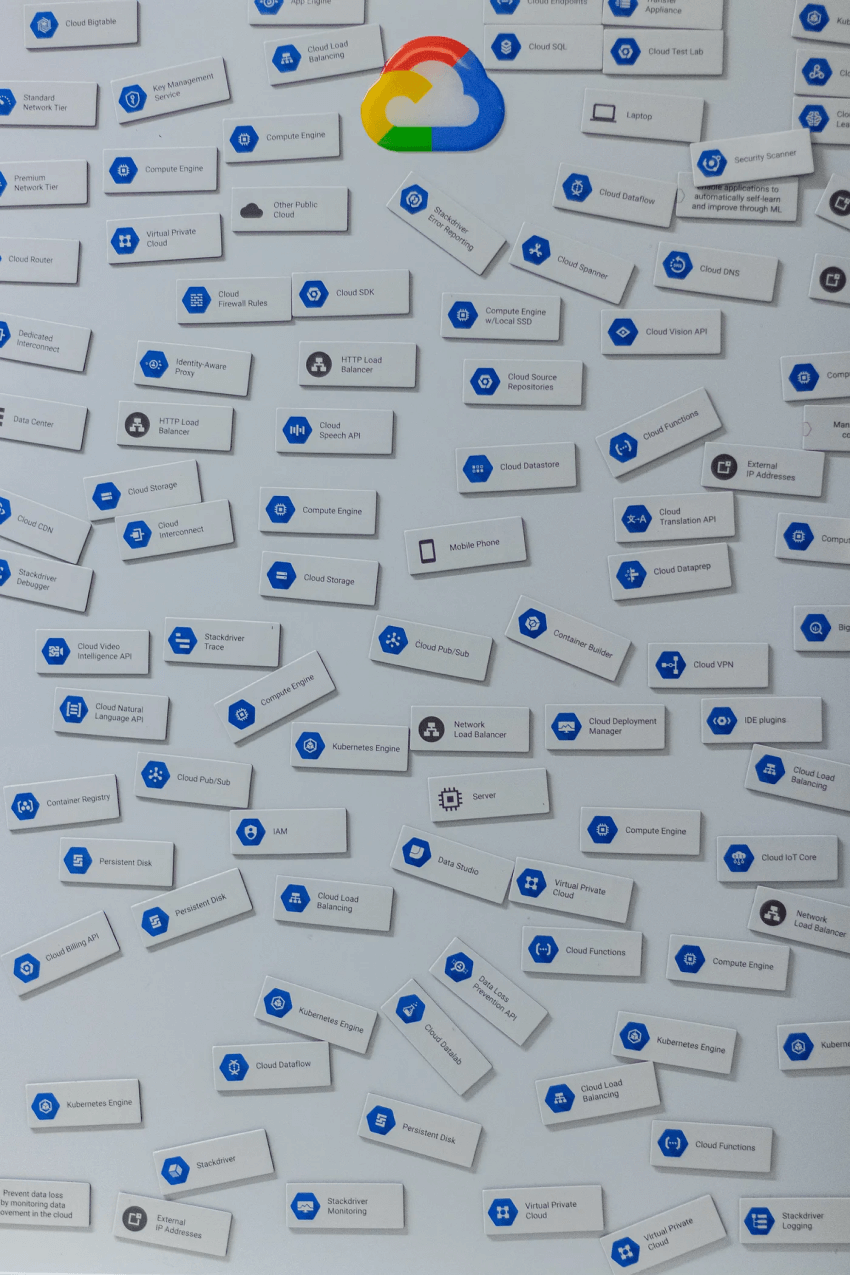Architects, developers, administrators, and other cloud practitioners can create and manage a cloud topology that is secure, efficient, resilient, high-performing, and cost-effective by using the guidelines and best practices described in the Google Cloud Architecture Framework. It is GCP’s interpretation of a well-architected framework.
Applications developed for the cloud, workloads migrated from on-premises to Google Cloud, hybrid cloud deployments, and multi-cloud settings are all addressed by the design guidelines in the Architecture Framework.
The following diagram demonstrates how the Google Cloud Architecture Framework is divided into six categories, (also known as pillars):
Six Pillars of Google Cloud Architecture Framework
(Image Courtesy: https://cloud.google.com/static/architecture/framework/images/af-infographic.svg )
This article series will consist of seven parts. An overview of the six pillars of the Google Cloud Architecture Framework will be covered in this post. We will go into more detail about each of those pillars in the articles that will follow.
1. System design
It is the foundational category. This category describes best practices and principles as well as design recommendations to assist you in designing the architecture, components, modules, interfaces, and data on a cloud platform that fulfil your system requirements. In this category you understand core principles of system design on GCP, It helps you decide what type of Cloud architecture you want to design and create and general guidance about selecting and managing Google Cloud resources.
2.Operational excellence
This category demonstrates how to utilise Google Cloud services efficiently. It covers how to operate, oversee, and manage systems that provide value to the business. It also covers features and products offered by Google Cloud that help with operational excellence. You can lay the groundwork for dependability by applying the concepts of operational excellence. It accomplishes this by establishing fundamental components like automation, scalability, and observability.
3.Security, privacy, and compliance
Cloud security is a collection of security measures designed to protect cloud-based infrastructure, applications, and data. This category shows you how to architect and operate secure services on Google Cloud. Additionally, you get knowledge about Google Cloud features and products that help with security and compliance.
4.Reliability
It shows you how to architect and operate reliable services on a cloud platform. You also learn about some of the Google Cloud products and features that support reliability. This category covers crucial elements for managing a dependable cloud application such as SLI, SLO, SLA, scalability, and high availability.
5.Cost optimization
Shifting your IT workloads to the cloud can facilitate large-scale innovation, expedite feature delivery, and enable you to adapt to changing customer demands. A topology that is optimised for security, resilience, operational excellence, cost, and performance is necessary to move current workloads or implement cloud-native applications. Architects, developers, administrators, and other cloud practitioners can optimise the cost of workloads in Google Cloud with the help of design recommendations and best practices described in this category.
6.Performance optimization
This category describes the performance optimization process and best practices to optimize the performance of workloads in Google Cloud. Your business can run more smoothly, satisfy customers more, make more money, and cut expenses by optimising the performance of workloads in the cloud.

For building reliable, scalable, and secure cloud solutions, the Google Cloud Architecture Framework offers a thorough guide. Businesses can reach their full potential with Google Cloud by utilising its principles and methodologies to initiate a transformative journey.
We will go into more detail about each of the aforementioned pillars in my upcoming articles, along with an understanding of some best practices for creating and managing a well-architected framework on GCP.
Thank you for reading this article. Your time is appreciated.
Until next time, stay curious !!
